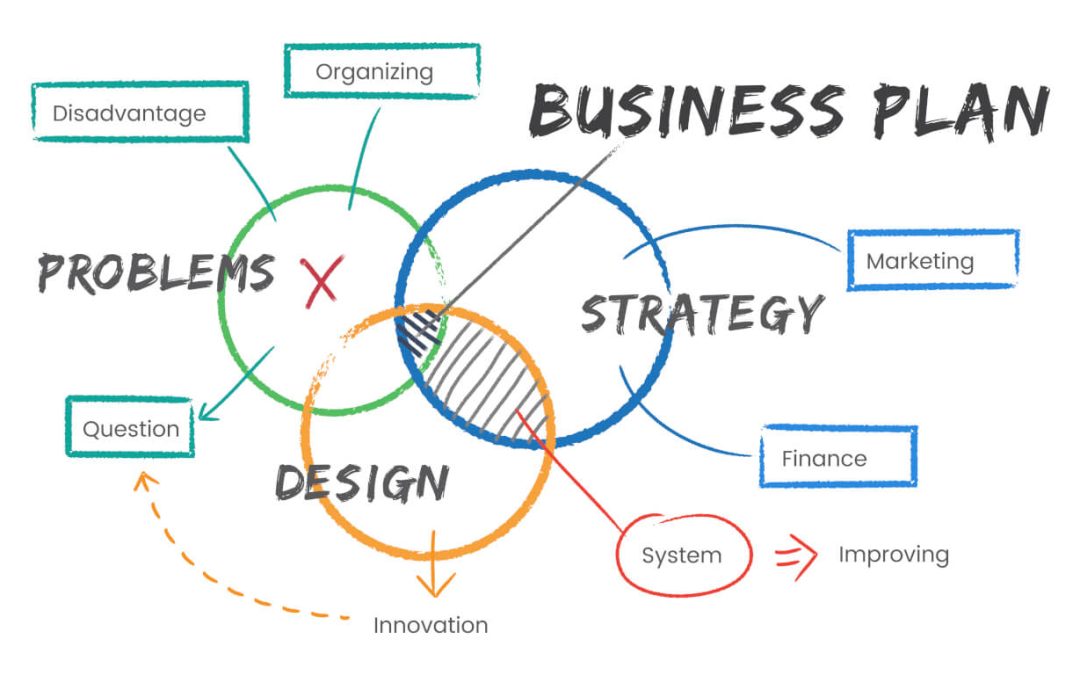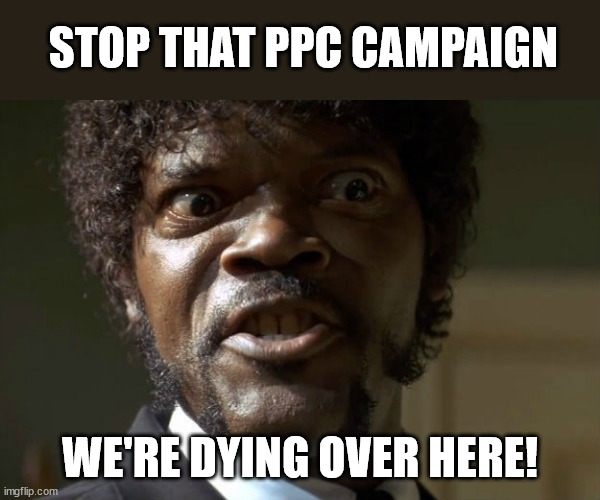Building a team structure can turn out to be a pain in the neck. You might find yourself trying to do something for the first time and not know whether it will work or not.
Or, worse, you may try different types of structures and find out that none of them work for your employees.
Whatever the case, if you are not familiar with the benefits of creating a team structure for your marketing team, you will always have problems building it.
In this blog post, we’ll focus on three things:
- Why building a marketing team structure is important,
- Types of organizational structures, and
- Our two choices for productive organizational structure.
Let’s start with the why.
Why It’s Essential To Specify The Team Structure In Your Marketing Agency

Building a hierarchy in your agency and building a marketing team structure is not the same thing.
‘Hierarchy is a way to structure an organization using different levels of authority and a vertical link, or chain of command, between superior and subordinate levels of the organization. Higher levels control lower levels of the hierarchy’.
Whereas, ‘a team-based structure is an organizational chart that groups employees on the same employment level into teams that perform specific job functions. This structure combines the low-overhead, minimal management structure of a lateral structure with the team efforts common to a hybrid structure’.
A well-defined structure where everyone is familiar with their tasks and how their tasks fit into the common goals is beneficial for both employees and the agency’s profit.
The benefits of having such an organizational structure are the following ones:
- The well-defined structure increases the efficiency, speed, and quality of the finished tasks;
- Good team structure allows and improves the communication between team members;
- It provides better guidance for everyone included in the structure;
- It offers constant growth for the employees.
It’s quite common for businesses and agencies to have problems defining the structure of their teams. That’s why it’s better to know the different types of organizational structures before choosing the right structure for your team.
Types Of Organizational Structure For Your Marketing Agency

There are several structures to choose from when building a marketing team structure:
- Functional Organizational Structure – As the name itself explains, this team structure is based on the job function of each of the employees.
- Product-Based Structure – Ideal for multiple products companies, this type of organizational structure allows for every separate division to have its structure and departments.
- Market-Based Structure – This type of structure is great for companies that offer products or services to different markets. Every division has its structure.
- Process-Based Structure – The organizational structure of this kind is based on the entire process and activities included in the process.
- Matrix Structure – The Matrix structure consists of dual responsibilities, both functional and product-based, and the employees need to be included in both lines.
- Circular Structure – It’s a structure in the form of a circle where the employees on the higher level are in the inner rings, and the employees on the lower levels are more on the outside rings.
It’s up to you to choose which of these structures is going to work best for your agency.
And if you’re having second thoughts about which one to choose, we’re going to talk about two of them in more detail.
Marketing Team Structures We Recommend
Let’s go into more details about two specific organizational and team structures we find the most interesting: the Matrix Structure and the Functional Organizational Structure.
1. Matrix Structure
The Matrix organizational structure is a combination of two other structures:
- Project-Based Structure, and
- Functional Structure

The employees have two types of responsibilities: they need to report to the project managers and functional managers.
Usually, this type of organizational structure is used by companies that have:
- larger projects,
- a working environment that continually changes, and
- product or services that constantly evolves.
It’s easier to maintain project progress when there are several employees responsible for maintaining the project flow.
There are certain advantages and disadvantages when working with Matrix structure:
Advantages
Working with the Matrix structure can benefit those employees that are eager to learn new stuff, outside of their regular job.
Since communication is totally mixed and open, and everyone is involved with everyone, it’s pretty easy to learn new things and potentially, gain a new skill.
Our team at WebMaxFormance is working with this organizational structure.
We have in-house products and also clients’ requirements, so naturally, we have our hands full.
So, if we always want to deliver excellent service, and keep up with our own projects at the same time, we need to have a team structure that will allow us to do just that. And that team structure for us is the Matrix structure, and it helped us maintain our excellent performance over the years.
Disadvantages
The main challenge when it comes to this team structure is about the level of the hierarchy, especially if there are two managers.
The employees might find it confusing and difficult to understand to whom they need to report.
Also, this structure can create a bit of conflict between employees and managers.
In the Matrix structure, several managers need to give ‘the green light’ to a project before that project is sent out. Several approvals = more time = bigger frustrations.
Now, let’s take a look at the Functional organizational structure.
2. Functional Organizational Structure

In the functional organizational structure, everyone knows their role and job function.
People are divided into departments based on their level of skills and knowledge.
In this type of structure, departments are rarely mixed or changed so that employees develop another set of skills.
The work is divided into departments.
For example, an agency with a Functional structure may have:
- Web Development Department
- Human Resources Department
- Customer Care Department
- Marketing Department, and
- Sales Department
And each employee in these departments is reporting directly to their functional manager.
Now, let’s talk about the good and the bad side of working with this team structure.
Advantages
The biggest plus when it comes to this structure is that every employee is divided by skills and knowledge. This implies that they can quickly become experts in their job.
The responsibilities and obligations for each employee are well established so the team is relatively easy to manage.
Another good point is that employees are aware of their career growth path beforehand, and they know how far they can come.
Also, each employee knows their functional manager, and they report only to them.
They don’t have to bother with multiple hierarchical levels.
Disadvantages
A company that ran with a Functional type of team structure may come across several problems, such as:
- Difficulties with communication between departments,
- Departmental goals before organizational goals,
- Self-centered culture in each department,
- Monotonous job, etc.
For example, a marketing agency with a Functional organizational structure may have employees that will eventually get the feeling of being stuck at the same job for too long.
Or may experience some problems in the management of the agency.
Or, even worse, the goals of the department are often prioritized before the goals of the agency.
These challenges can be overcome by any company, but it will take time, patience and skillful top-level managers.
Important Things To Remember About Team Structure

If you want to provide and maintain a stable workplace in your marketing agency, you need to define your marketing team structure. In small businessess, this is often hard to do simply because there are not enough people and everybody is doing everything. But, as your business grows things will change and it is of crucial importance to define your team structure as soon as possible. This will save you a lot of headaches, believe me!
And yes, it can be an exhausting process, but when you find and establish the one that suits your company the most, it will bring more stability as well as productivity.
As we already mentioned, there are multiple types of organizational structures:
- Functional Organizational Structure
- Product-Based Structure
- Market-Based Structure
- Process-Based Structure
- Matrix Structure
- Circular Structure
In this blog post, we’ve focused on details solely on two structures:
- The Matrix Structure, and
- The Functional Team Structure
There are some key differences between these two types of structure, and that’s why we’ve chosen to talk about them.
Whichever team structure you choose for your marketing agency, make sure it works the best for your employees, because they are the ones that will live it. And if you want to achieve your long-term goals, the right organizational structure will definitely be of great help.
Which one of these structures did you like the most? And why? Let us know, we would love to hear your input on this.






